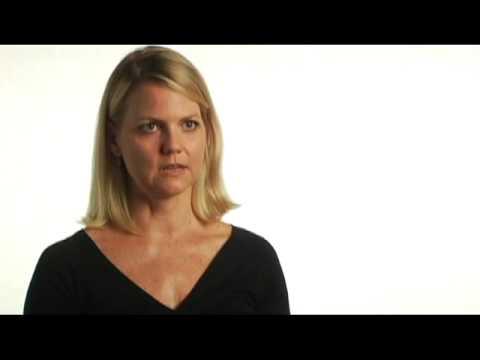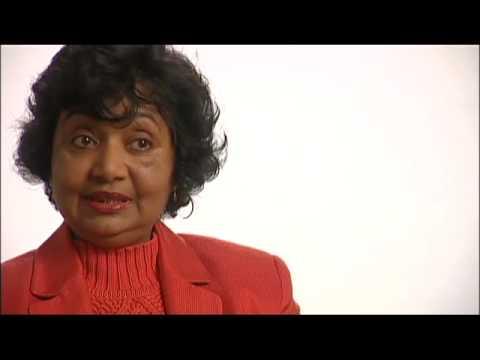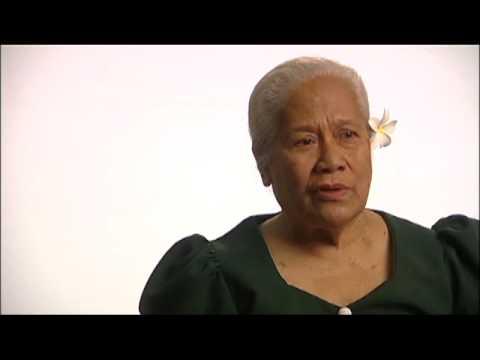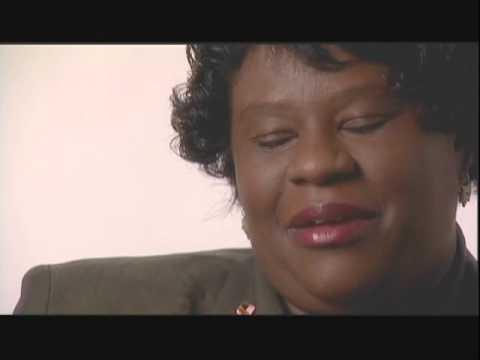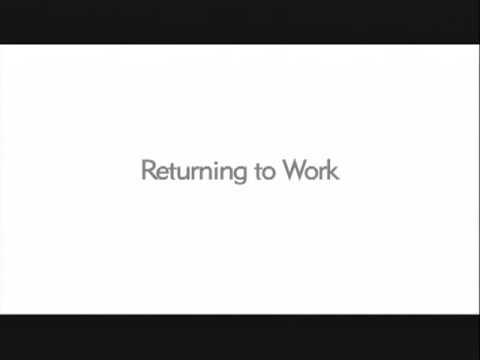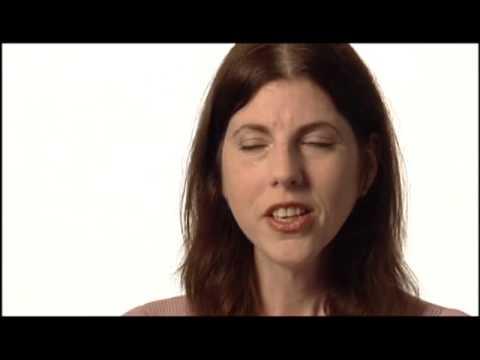Karen T.
I became a cancer survivor in June 1988 when I was diagnosed with myelofibrosis.
I was diagnosed at the age of 24. Typically, people get myelofibrosis when they’re between 50 and 70 years old. So coming in at 24, they’re looking at me going, “Are you gonna have this for 10 years? Are you gonna have it for 20 years? Are you gonna make it to 50? What is the illness?” Fortunately, I was able to live a normal life for about 13 years. To look at me, you wouldn’t know that I was sick. In 2001, symptoms started to appear. I got weak, and was extremely tired. I had swelling in my ankles and feet. I started to get severe cramps in my legs, started to get fevers, and I also had nodules on my skin. I didn’t know what those were and went to my regular doctor. She was treating me for specific symptoms. With the illness, you really just treat symptoms as they appear.
By the end of 2001, I became extremely ill. We did some other testing through an oncologist, and my liver and spleen were extremely large. I actually went to an infectious disease specialist, and they ran all sorts of tests to try to find something else that they could treat. It finally came back that, “You don’t have anything else but myelofibrosis, and your chronic form has now turned acute.” So they sent me to a bone marrow transplant specialist in San Diego. I have two brothers, and they were HLI type tested. Fortunately, one of my brothers was a perfect match. He was the one that gave me his stem cells for the bone marrow transplant. I did a mini allogeneic transplant in February of 2002. They gave me chemotherapy to suppress my immune system. Then they re-infused my brother’s stem cells. So I still have part of the illness in my system; however, his stem cells are now producing the blood that I need to live. So they have taken over. I knew if I didn’t have the transplant, I would probably have passed away within a couple of months. I only had a 30 percent chance of even making it through the transplant and about a 40 percent chance of possibly curing my illness. As you can see, I’m here today. So far, the bone marrow transplant was 100 percent success.
Unfortunately, one of the major complications of a bone marrow transplant is graft versus host disease. I developed a chronic form of that, which almost killed me as well. I wound up getting stomach problems, diarrhea, vomiting, abdominal pain, eye soreness, sores in my mouth, lung problems, and skin problems. My platelet levels and hemoglobin levels decreased. Basically, my system was shutting down. Even though my brother and I were a perfect match, my system knew that it was a foreign body in there, and it didn’t want it there. It fought it. I was able to make it out of that, but I still have stomach problems. Occasionally, I’ll have vomiting and nausea.
I have a lot of skin problems right now. It’s developed into a scleroderma-type illness. I have rashes on my back, my arms, my legs, a little bit on my face, my neck. I do different treatments for those. I’m actually doing an ultraviolet light treatment that’s somewhat experimental for graft versus host disease. They use it for other types of skin illnesses. I’m working on using that treatment to see if it can help clear up my skin conditions. I take a lot of medications: immune suppressants, prednisone, and other medications to suppress my system. I also do another experimental procedure, photopheresis, which also is supposed to help reduce your T-cells. It’s similar to dialysis. It actually takes your blood out and treats it with an ultraviolet light. I’m doing that every other week, twice a week right now. I do an IVIG to help my immune system and also to keep my bones strong. I do infusions monthly on that, too. So I’m quite busy trying to maintain the graft versus host. But they say that, eventually, it will burn itself out. It could take anywhere up to five years. So I’m still in the middle road to see where I’m at, and hopefully, it will disappear.
The biggest side effect is changes to my skin. That’s been the hardest. It’s on my legs, from my knees to my ankles. It’s also on my back, arms, and neck. So it’s difficult to wear certain clothes. I treat it with medications. I also have muscle atrophy. It’s difficult to get up and down. I can barely walk upstairs. I was actually in a wheelchair for about six months before. Now I’m able to walk, but my muscles aren’t quite right. I can’t bend down or sit cross-legged on the floor. There are times when I’m sitting on the couch and I go to get up, and I feel like I’m 80 years old. After a while, when I start walking again, they start to feel better, but they ache and it’s hard to get up and down. I know I can’t go up hills, and I can’t take hikes. You constantly have to think about where you’re going, what you’re doing, how is it going to affect you.
I don’t look anything like what I looked like before. That’s one of the hardest things for me. I don’t mind meeting new people, because they look at me today as who I am, but for me to go and meet old friends, I can walk right by them, and they will not know who I am. I have changed that much. My hair is totally different - the texture, the color, the style. My face is different. It’s fuller because of the medications I take. My skin is different. Even my body shape is different. How I walk, my whole appearance. The only thing that hasn’t changed is my voice and who I am. As soon as I start talking, they’re like, “Oh, that’s the old Karen I used to know.” It’s difficult, because it totally changes who you are. They think you’re fine because you look fine. Unfortunately, everything is inside, so it’s difficult for others to really know, is that person sick? If I park in a handicapped spot, and I get out of the car with my daughter, sometimes we get looks. Not everybody is physically handicapped: a broken arm, a broken leg, or certain physical things that you can definitely look at them and say, “They are physically disabled.” But mine, a lot of it is inside.
I have diabetes from the prednisone. I didn’t have diabetes before. It does run in my family. But the higher doses of certain medication make you more susceptible to that. So for quite a while, about a year, I was taking insulin shots and checking myself daily. Right now, I’m on lower doses of the medication, so the diabetes isn’t as pronounced. But I do have to watch it, because at any time, it could come back. About six months ago, it flared up. I was on medication for a while and took the shots again. After a couple of months, it disappeared as I lowered the other medication. So I do have to watch that. It’s in my family, so you never know if it’s gonna come back or not.
I take a lot of different drugs in order to minimize the graft versus host. Prolonged use of any drug isn’t good, especially these high-powered drugs. All of them have side effects. One of the side effects of the ultraviolet light therapy is skin cancer. So as you start to treat one symptom, you often wonder, are you gonna develop something else? You wonder, “Is it really worth taking that drug knowing that all these other symptoms or side effects can occur?” It’s a Catch 22. If you don’t take it, you become really sick. You have to balance it out. It is frustrating to know that you’re taking all these and what they can do to you. I try not to think about all of that stuff, because it’s just too much. You’ve got to live for today and be strong with it and go forward.
In order to plan for the future when you have any type of illness, it’s important to protect yourself, your assets and your family. If you have children, you need to really sit down and think, “Where is everything going? Who’s going to take care of this? And what are you gonna do with the house? What are you gonna do with the cars?” For me, it was important at the time to plan for the future. I was divorced, and I needed to make sure that my daughter was gonna be taken care of and protected. I even planned out, if I did pass away, where I was gonna go. It was already set. As soon as I found out I was sick and started doing my chemo treatments, I went to an attorney and said, “These are the things that I wanted to take care of and follow through.” That was my first step. I think planning those things probably gave me more peace and contentment.
Livestrong™ means living each day to the fullest. Getting up in the morning and seeing how I feel. If it’s a good day, then I can go out and do what I can do for that day. Do the best that I can do. And if I’m not feeling well, I don’t let it take me down. You just have to live each day for what it is and live it for the most that you could do.
My name is Karen Tierney, and I’m a 16-year myelofibrosis cancer survivor.
